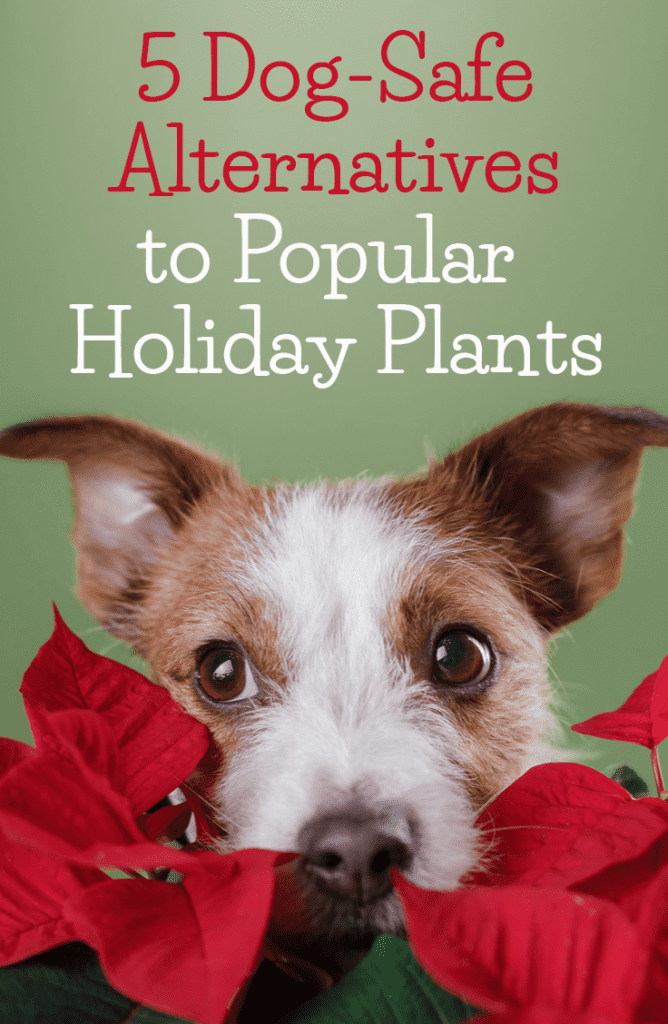5 Dog-Safe Alternatives to Popular Holiday Plants
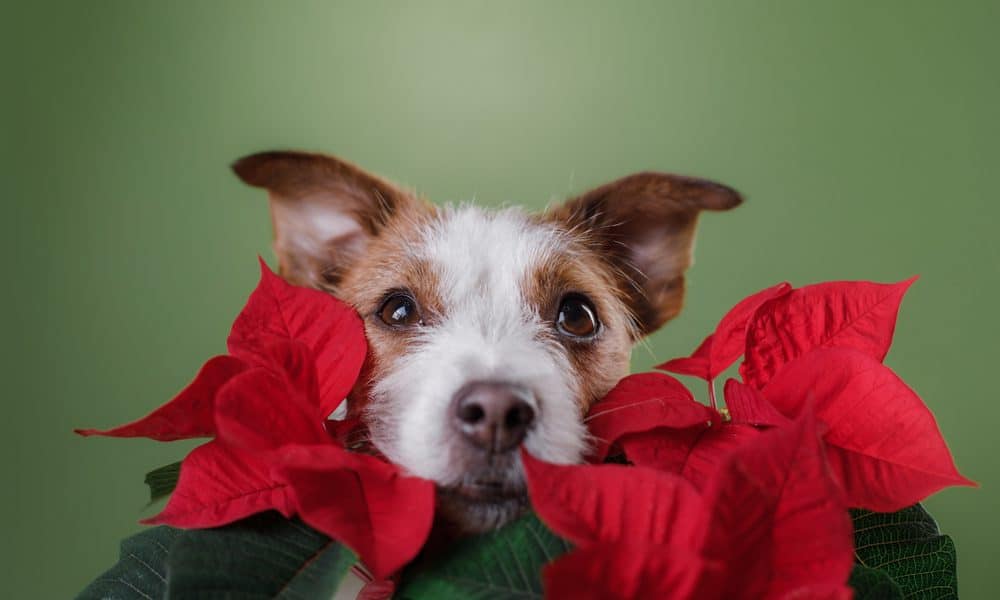
When decorating your home for the holidays, remember to ditch the dangerous decor and opt for these 5 dog-safe holiday plants instead!

The holidays are quickly approaching – and that means dressing the home with holiday decorations! Many decorations are fine to have around pets, but if you’re planning on adding plants, the popular holiday plants and flowers you love may be very dangerous for your dog.
Opt, instead, for these alternatives that are much safer to use in a pet-friendly home:
Use Christmas Cactus instead of Mistletoe
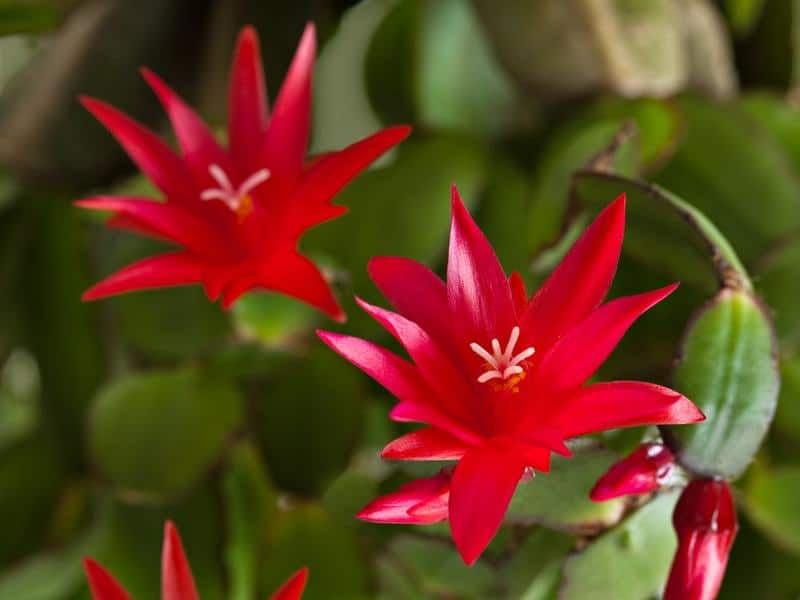

Instead of Mistletoe, consider Christmas Cactus (also known as schlumbergera). Christmas Cacti contain the same rich green colors, similar leaf shapes, and delicate red flowers as Mistletoe, but will not kill your pets should they eat any of it.
Mistletoe contains multiple substances that are toxic to both dogs and cats, including toxalbumin and phoratoxin viscumin (Lectins, Phoratoxins). This can cause severe intestinal upset, as well as a sudden and severe drop in blood pressure, breathing problems, and even hallucinations in pets and people. Best to avoid bringing this plant into the home altogether.
Use Red Roses instead of Poinsettias
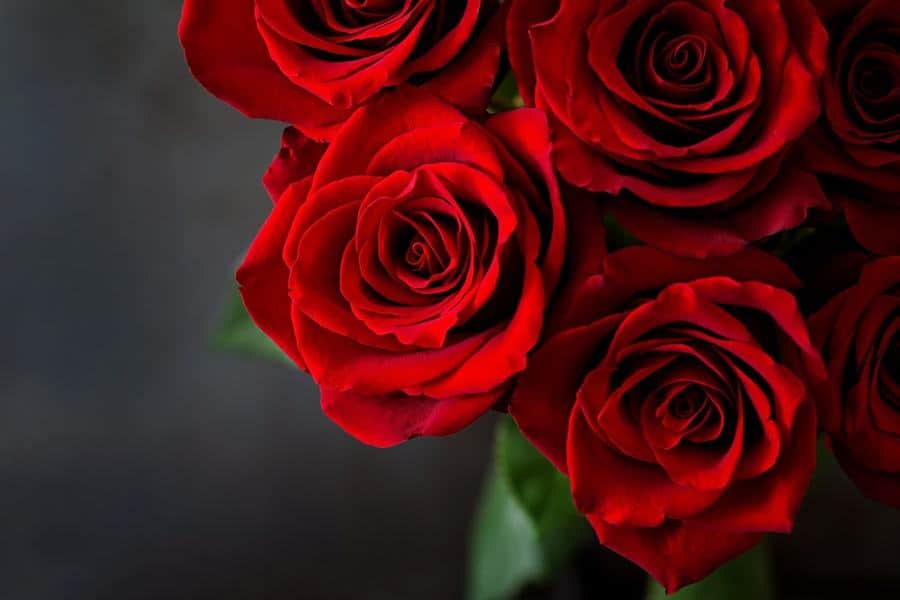

Red roses are not only more beautiful than Poinsettias, but they are much safer for pets.
The brightly colored leaves of the Poinsettia plant contain a sap that is irritating to the tissues of the mouth and esophagus of animals (and people).
Use White Orchids instead of Lilies
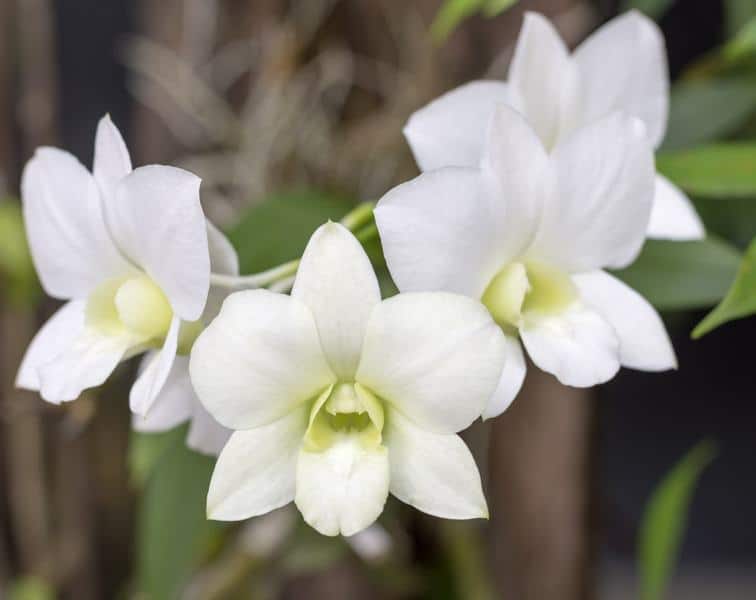

There are dozens of species of orchids and many of them are toxic to pets, but the Phalaenopsis species of orchid (also known as a Moth Orchid, White Orchid or Moon Orchid) is safe should your pets get into them. Lilies are highly toxic to dogs, cats and even people if they were to get into them.
Use Achira instead of Amaryllis
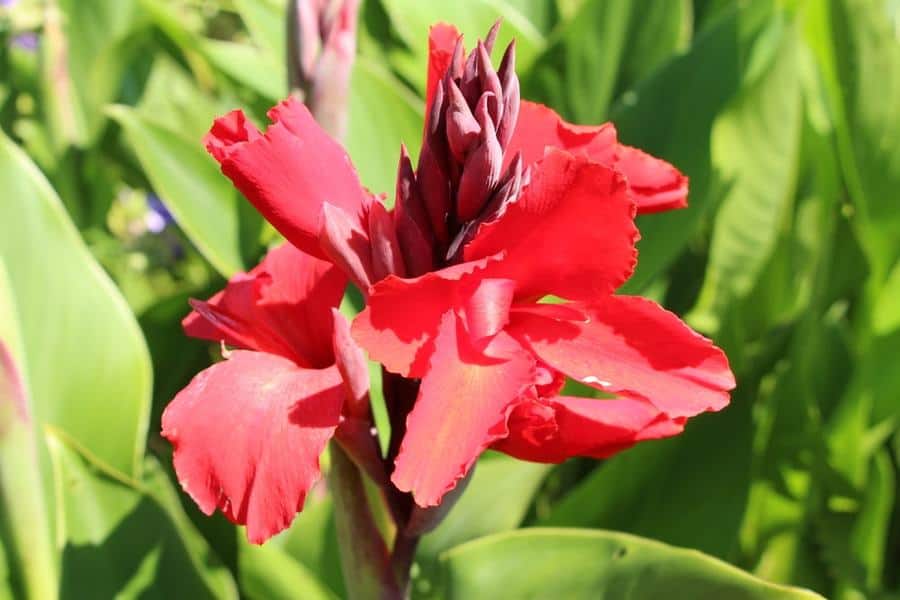

The Achira plant (also known as Canna, Arrowroot, Canna edulis) is similar to the Amaryllis, but without the dangerous levels of toxicity. The plant features large leaves and thin stalks towered over by bright red blooms. Not only is it safe for your dogs, but your cats can enjoy them as well. It’s so safe, you may have even used Arrowroot powder as a substitute for cornstarch while cooking.
The beauty of the Amaryllis is matched only by its toxicity. The Amaryllis (also known as Belladonna, Saint Joseph Lily, Cape Belladonna, and Naked Lady ) contains many toxins, including Lycorine, which causes salivation, gastrointestinal abnormalities (vomiting, diarrhea, decreased appetite, and abdominal pain), lethargy, and tremors in both cats and dogs. The bulb of the plant is reputedly even more dangerous than the flowers and stalk.
Use Autumn Olive instead of Holly
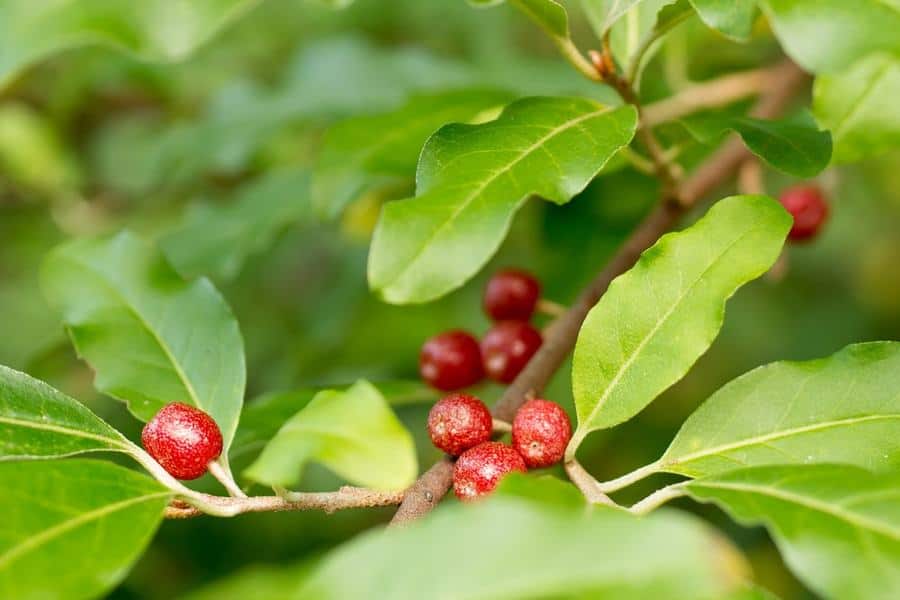

Autumn Olive (also known as Silver Berry, Russian Olive) is from the Elaeagnus family and it’s much safer to have around pets than holly. Holly can cause severe symptoms in pets that include intestinal upset, excessive drooling, and severe abdominal pain should they ingest any part of the plants.
Pet-Safe Plants Are Important All Year Long, Too!
While holiday safety is the subject of this guide, surrounding your home and yard with pet-safe plants all year-round is vital to the health and safety of your four-legged friends. And, remember that silk flowers and artificial plants are always a pet-friendly option that can be reused year after year.
While you’re preparing your home for the holidays, don’t forget to Dog-Proof the Christmas Tree, too!
Found this article helpful? Pin it!
